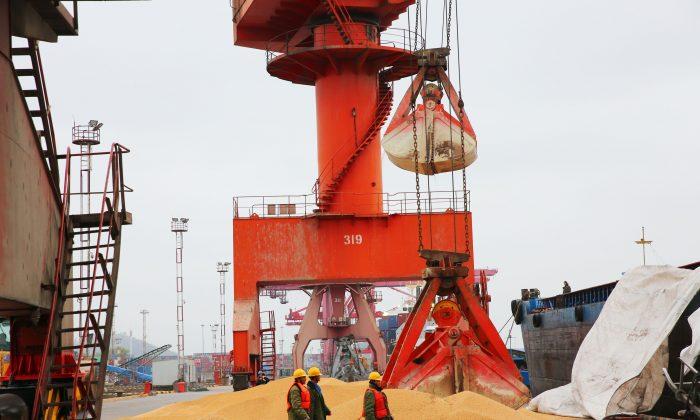News Analysis
The Chinese regime confirmed a fourth successful 2020 space mission on Feb. 19 and intends to continue dominating the space race despite a coronavirus outbreak.
China led the world in space launches between 2018 and 2019 with 73 missions, versus 48 for the United States and 45 for Russia for the same time period. China and the United States are both tied in 2020 with 4 launches.
State-owned China Aerospace Science and Technology Corp. (CASC) announced that its Long March 2D rocket lifted off from the Xichang Satellite Launch Center in Sichuan Province to deploy four of its Xin Jishu Shiyan test satellites into geosynchronous orbits at an altitude of 298 miles (480 km). CASC added it still has plans for 40 missions in 2020.
CSAC stated that the low-orbit satellite grouping will perform observations and communication with one another as the Earth rotates. The satellites could be for civilian purposes such as communications or weather-monitoring, but such integrated missions are usually for military surveillance. Civilian observers have been unable to track China’s 4 newly deployed satellites.
Before the launch, CASC Chairman Wu Yansheng personally examined the facilities to make sure that hundreds of workers followed strict coronavirus containment protocols, including wearing masks and protecting their food supplies, according to SpaceNews.
China’s state-run Xinhua News Agency stated that China will launch a modified Long March 5B heavy-lift rocket in April to carry a “trial version” of a new manned spaceship that can carry crews of up to 6 passengers. The move would be a substantial upgrade from its prior manned vehicles that could only carry up to three taikonauts (Chinese for astronauts).
China has already scheduled at least ten Long March 5B missions to perform in-orbit assembly, and construction of a Chinese space station to be completed by 2022. Components for the first launch have already been delivered to Wenchang Satellite Launch Center on Hainan island in the South China Sea for testing.
The new Chinese space station will be shaped like a “T”, with a core module called Tianhe at the center, and twin lab capsules on both sides, Xinhua reported. The manned platform will offer 5,650 cubic feet (160 cubic meters) of living space. That equals slightly over one-third of the 13,696 cubic feet (388 cubic meters) of room in the International Space Station jointly operated by the United States, Russia, Japan, Europe and Canada.
Unlike its two test stations that deployed taikonauts for up to 33 days, China claims that its permanent space station will be highly sustainable for long residencies—it will be equipped with machinery to produce supplemental oxygen, and drinking water will come from urine that is recycled and purified, Xinhua reported.
CASC plans to launch its Long March 8 rocket in 2020 to attempt equaling the United States’ SpaceX Falcon 9’s reusable first stage booster that performs a vertical landing recovery. If successful, China would be the second nation to demonstrate such capability, according to a report by Space.com.
The Epoch Times reported that China has formulated plans to exploit an Earth-moon space economic zone that will generate $10 trillion a year by 2050. China intends to fly its Long March-9 heavy-lift carrier rocket by 2030 to support construction of a space-based solar power plant to sustain its lunar economic development agenda, according to CASC Director of the Science and Technology Bao Weimin.





